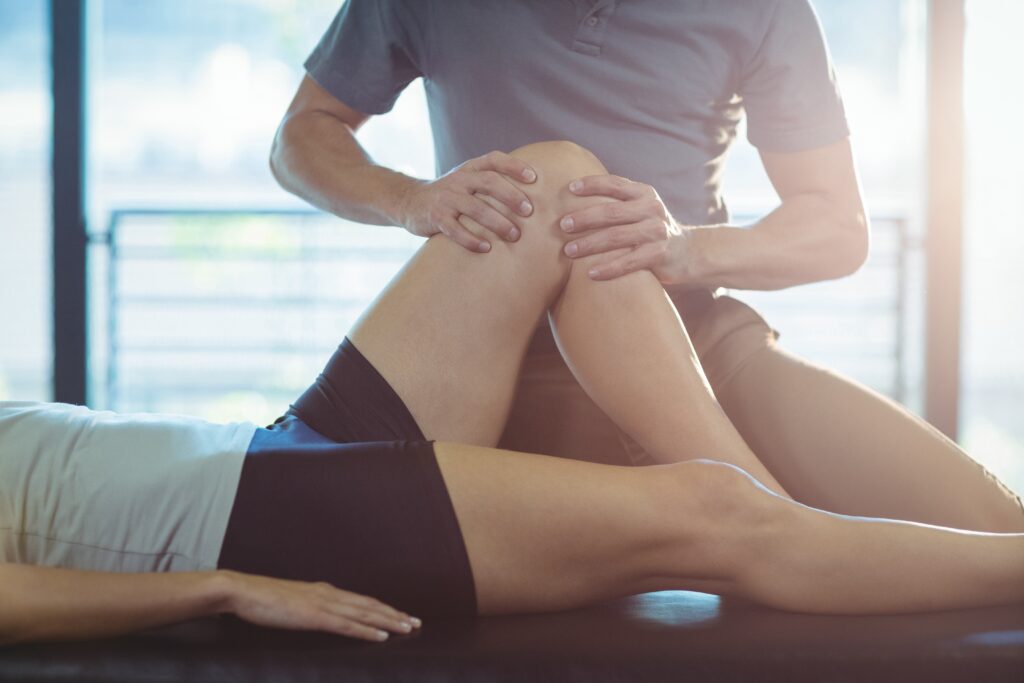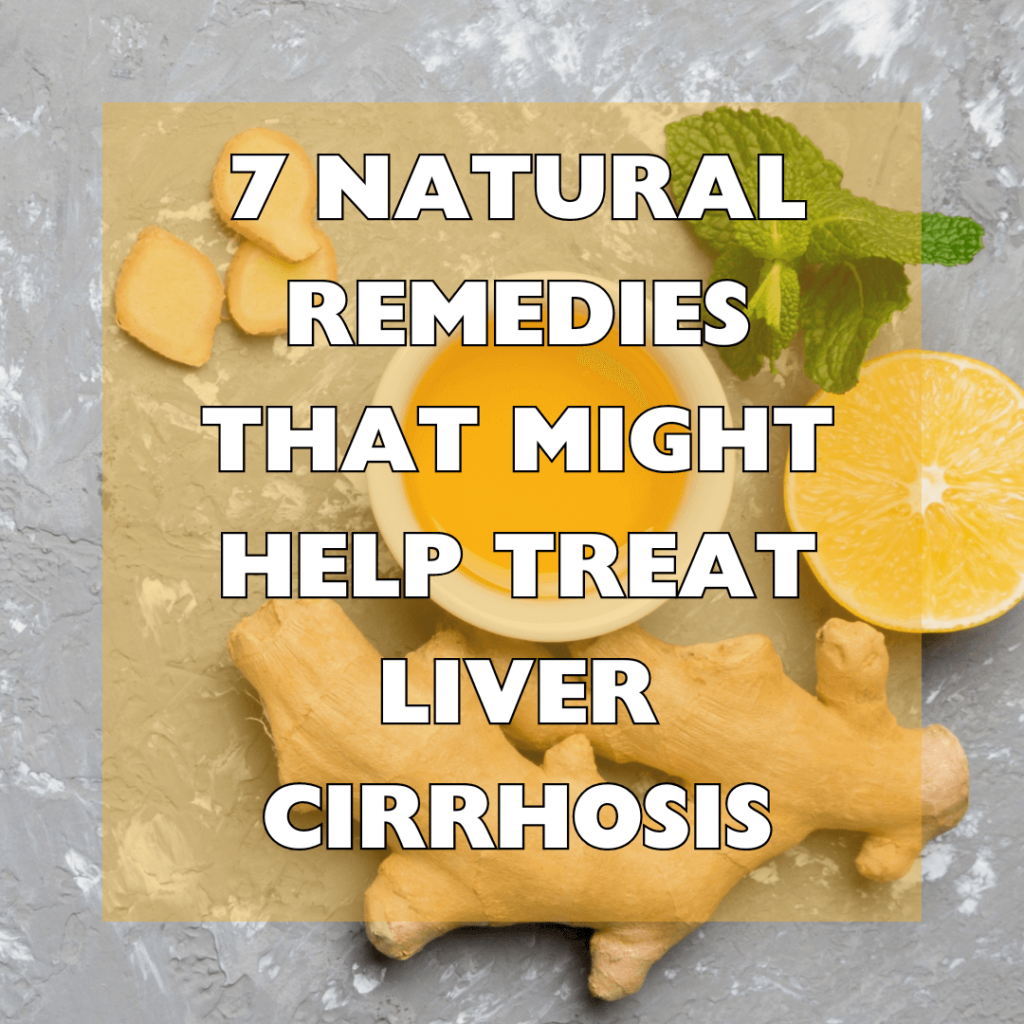
Chronic pain can be very difficult to manage. Many times, incorporating a well-rounded exercise program can help alleviate the pain.
Regular exercise results in the release of natural endorphins, which enhance mood and ease pain signals. It also increases flexibility and strength, which can lead to less pain and reduced dependency on pain medications.
1. Stretching
Stretching is one of the most important exercises to do to reduce and manage pain. It helps to relieve tension and stiffness in the muscles, tendons, and joints.
When muscles and other tissues are tight they trigger the body to tense up in an effort to protect the area from further damage, which can cause chronic pain. Stretching can help ease this tension and prevent muscle re-injury.
Static stretches are best done after a light warm-up (walking, light jogging, or jumping rope). Then hold the stretch for about 30 seconds and repeat 3 to 5 times. Avoid ballistic stretching or bouncing during the stretch as this can increase the risk of injury.
2. Yoga
Yoga is a form of exercise that can help reduce pain levels and increase mobility. It is also known to lower stress, relax the body, and boost moods.
Studies have shown that people who regularly practice yoga experience a decrease in pain perception and less pain interference in their daily lives. It’s important to find an exercise that you enjoy and can make a part of your routine.
From a systems perspective functional system mapping demonstrates that yoga fulfills every requisite function to be considered a complex adaptive system and likewise regulates many of the same mechanisms as pain responses. This finding is significant because it suggests that yoga may be a good option for treating chronic pain.
3. Swimming
Swimming is a full-body exercise that improves the strength, function and flexibility of every muscle in the body. It can also be performed at an incredibly low impact in comparison to exercising on land.
The buoyancy of water allows for almost all of your body weight to be supported by it, which significantly reduces stress on joints and muscles. This makes swimming and other water exercises an ideal option for people with chronic pain.
Swimming and other similar exercise also contribute to releasing endorphins, which are the brain’s natural pain relievers. The release of these chemicals helps break the pain cycle by reducing stress and improving mood.
4. Walking
Walking is an easy and accessible form of exercise. It gets the blood pumping and provides healthy circulation that allows structures in the body to receive the nutrients they need, and remove lactic acid that contributes to pain.
Walking also stimulates the production of synovial fluid to help lubricate joints and reduce inflammation. It also releases chemicals in the brain that drown out pain signals, making it easier to tolerate discomfort.
It can be challenging to get started on a daily routine of movement when you are dealing with chronic pain. However, consistent, sensibly paced activity will lead to improved health outcomes over time.
5. Strength Training
Exercise is a key piece of the pain management jigsaw. It can lessen pain by blocking the ‘pain signal’ and increasing the resiliency of muscles, ligaments and joints.
Adding strength training to a daily routine can help to reduce pain. It is important to start off slow and easy and gradually increase the resistance or weight that you are lifting. It is generally thought that you have reached your limit when the targeted muscle or muscle group feels tired by the last two repetitions of the set.
Remember to find a workout you enjoy so you are more likely to continue. It is also essential to consult your doctor or physical therapist before starting any new regime.
6. Visualization
Visualization uses the power of the imagination to calm the mind and relax the body. It is commonly used in sports, medicine, and overcoming mental challenges such as stress or depression.
Research has shown that visualization can reduce pain, especially in rheumatic conditions, fibromyalgia and cancer patients. It can even reduce the use of painkillers during and after medical procedures. It is a free, always accessible technique with no major side effects that deserves a place in your pain management tool kit. Start by sitting in a comfortable spot with your eyes closed and focus on relaxing one body part at a time.





